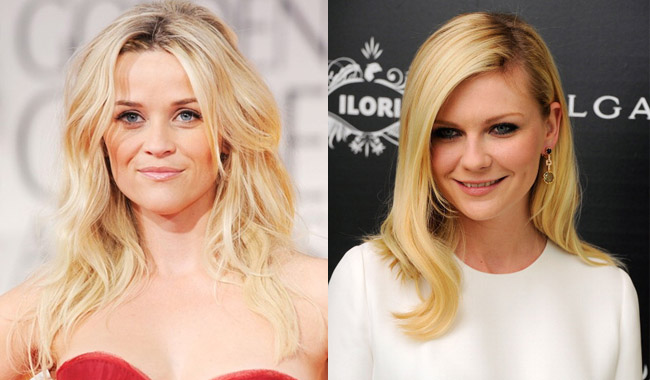sun protection factor
Our experts will tell you what the sun protection factor means, how to determine your phototype and choose the right product.
A long-awaited trip to the sea may end not with a gorgeous tan and a holiday romance, but with age spots and dehydration of the skin. The correct use of sunscreen and the correct selection of the sun protection factor will help to avoid this.
Sun protection factors and why you need to protect yourself from them
According to the results of the survey, for the majority of Russian women, the purchase of sunscreen comes down to buying the first cans that come across in duty-free. Which, of course, is very frivolous and irresponsible. After all, the sun is the biggest enemy of skin youth. “Make sure that your sunscreen is a combination, that is, it contains physical and chemical UVA / UVB protection filters,” recommends Olga Zabnenkova, Olay dermatologist. “Sunscreen should also include restorative components: antioxidants, aloe extract, chamomile, vitamins E and B5, allantoin, bisabolol.
There is another "sunny" enemy, from which standard means do not protect - this is IR radiation, that is, infrared rays. They are especially dangerous, as they penetrate into the deep layers of the dermis, provoke the production of free radicals and destroy collagen, as a result, cause skin aging. But do not be afraid - and they have justice. Add antioxidant products containing L-ascorbic acid to your regular sunscreen cosmetics, which can neutralize the negative effects of solar radiation. We can say that such funds are the second line of protection from the sun.
Use products containing the correct sun protection factor before going outside and throughout the day. The degree of protection should be chosen depending on the type of skin.
"For light skin that does not tan and always burns, SPF 50+ protection is recommended for the first days," says Maria Nevskaya, dermatologist at La Roche-Posay, INNÉOV, SkinCeuticals. "If you tan well, but through redness, you should use protection SPF 30. For skin that tans well and never burns, SPF 20 protection is enough. Add thermal water and nutricosmetics with antioxidants to boost immunity in addition to your usual protection.
Apply the product 20 minutes before going outside. And we must remember: even if your skin is already chocolate-colored, it still needs sunscreen, even with the lowest degree of protection. They will protect you from UVA rays, which cause melanoma and photoaging, but let in UVB rays, which contribute to the production of melanin and, as a result, the appearance of a tan.
The sun protection factor directly depends on the skin phototype, we will learn how to choose a sunscreen for your phototype.
Phototype 1

If you have delicate milky-white skin, with freckles, red or very blond hair and blue or green eyes, then you belong to the first phototype. Such skin does not tan, but only painfully reddens and burns. A sunscreen with a sun protection factor of 50 is recommended.
Phototype 2

It includes the owners of blue, gray, green eyes and light brown, brown hair. Light skin, sometimes with freckles. Such people are sensitive to UV rays and often get burned, although their skin is more resistant to ultraviolet radiation. The sun protection factor for this phototype is SPF 30.
Phototype 3
![]()




